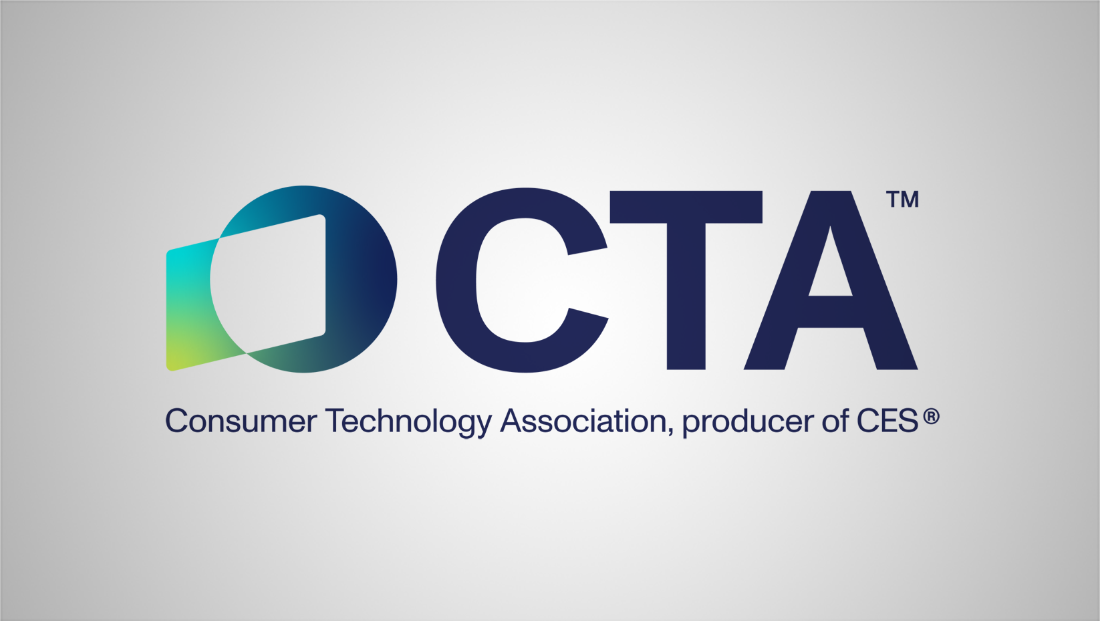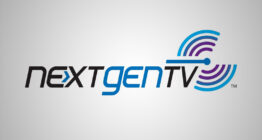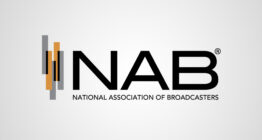CTA chief fires back at Pearl TV over NextGen TV, calls mandate push “rent-seeking”

Subscribe to NCS for the latest news, project case studies and product announcements in broadcast technology, creative design and engineering delivered to your inbox.
Consumer Technology Association CEO Gary Shapiro delivered a sharp rebuke to Pearl TV this week, rejecting claims that the trade group opposes ATSC 3.0 mandates due to conflicts of interest and accusing broadcasters of seeking government intervention instead of building consumer demand for NextGen TV.
Shapiro’s response follows Pearl TV’s recent meetings with Federal Communications Commission staff pushing for regulatory certainty around the transition to ATSC 3.0. In a statement provided to NCS, Shapiro characterized Pearl TV’s suggestion that smart TVs represent a competitive threat to broadcasting as “outlandish” and denied that CTA members view NextGen TV as a business threat.
“We oppose mandates because they hurt American consumers by forcing them to buy something they don’t want,” Shapiro said. “More, they diminish the product or feature by removing all reasons for retailers or manufacturers to market the feature or product as a feature a competitor may not have.”
The CTA represents major television manufacturers and technology companies that have already produced 15 million ATSC 3.0-enabled televisions, according to Pearl TV data. However, Shapiro argued that broadcasters have failed to create compelling reasons for consumers to seek out the technology.
“The real issue: broadcasters haven’t bothered to sell ATSC 3.0,” Shapiro said. “Their half-hearted deployment of mostly redundant content is not luring consumers to value ATSC 3.0 despite manufacturers cooperating on the standard.”
“Instead of building demand, broadcasters want to force manufacturers to spend millions of dollars each year to bake it in—whether or not broadcasters actually ever transmit anything compelling or even try to invest in marketing using their free spectrum,” Shapiro said. “That’s not innovation, it’s rent-seeking.”
Shapiro questioned broadcasters’ marketing investment in NextGen TV, asking where the “marketing blitz” and “killer apps” are that would drive consumer adoption. He noted that manufacturers invested in ATSC 3.0 based on broadcaster promises that adoption would remain voluntary.
The criticism extends beyond NextGen TV to what Shapiro characterized as a pattern of broadcasters seeking government mandates when market adoption lags, citing previous efforts to mandate FM radio in phones and AM radio in cars.
“This isn’t new. Broadcasters have spent years begging the government to prop up their declining business,” Shapiro said. “Declining demand isn’t market failure requiring government intervention – it’s the marketplace of consumers choosing better options.”
Pearl TV’s July filing with the FCC emphasized that manufacturers need regulatory certainty to commit resources to ATSC 3.0 device production, warning that delays could extend transition timelines. The broadcast consortium argued that without firm sunset dates for legacy ATSC 1.0 transmissions, manufacturers will continue taking a wait-and-see approach.
Shapiro framed the dispute in economic terms, noting that television prices have remained deflationary even as other consumer goods face inflation pressure. He argued that mandating ATSC 3.0 would increase manufacturing costs and ultimately consumer prices.
“As our national policy is to fight inflation, TVs remain the bright spot deflationary product—so broadcasters want to raise their costs,” Shapiro said.
The CTA chief also highlighted support from consumer advocacy groups, free market organizations, and former FCC commissioners who oppose technology mandates. He suggested that instead of pursuing regulatory requirements, broadcasters should focus resources on content and services that demonstrate value to consumers.
“If the broadcasters want ATSC 3.0 to succeed, they should stop wasting money on expensive lobbying campaigns for mandates and start creating content and services consumers value,” Shapiro said.
The exchange reflects broader tensions between broadcasters and technology manufacturers over the pace and method of NextGen TV adoption. While both industries generally support ATSC 3.0 technology, they disagree on whether government intervention is necessary to complete the transition from legacy broadcasting standards.
Pearl TV represents major broadcast groups including Cox Media Group, Gray Media, Hearst Television, Nexstar Media Group, Scripps, Sinclair and Tegna, which collectively operate more than 900 television stations reaching 99% of U.S. households.
The National Association of Broadcasters has petitioned the FCC to set sunset dates for ATSC 1.0 transmissions, proposing February 2028 for the top 55 markets and February 2030 for remaining markets. The commission has not announced a timeline for addressing the petition.
Subscribe to NCS for the latest news, project case studies and product announcements in broadcast technology, creative design and engineering delivered to your inbox.






tags
Consumer Technology Association, FCC, Gary Shapiro, NAB, NextGen TV ATSC 3.0, Pearl TV
categories
Broadcast Business News, Featured, NextGen TV, Policy